Today we live in the era of computerization and digitalization. The new technologies grew to gain enormous popularity; they touch every sphere of our lives these days. Music, as an extremely powerful type of art, plays a big part for the modern society; this is why it instantly became affected by the general digitalization. The object of the archive humanities project is New York Philharmonic Archive, a portal that contains a large amount of documents from various periods of time, which makes this archive highly valuable for the explorers.
New York Philharmonic Archive has a long and colorful history. To be able to properly digitalize all the materials available on the portal many experts, scholars, journalists and musicians supported the project and helped identify the documents and preserve correctly. The archive’s digitalization project started decades ago and began with a thorough discussion of where to start the documentation of all the available information. As New York Philharmonic gained popularity and the United States became one of the most influential countries for the world, the scholars realized that the precious archives needed to be preserved in the best and most contemporary way available, this is when digitalization started.
The digital archive of New York Philharmonic was founded in 2001 and started to work presenting over fifteen thousand performances and one million and three hundred thousand archived pages of programs, photographs, scores and parts, correspondence and business records. The collection of New York Philharmonic digital archive contains some of the rarest and oldest documents. The archive is proud to be the owner of a large variety of part and score collections of Leonard Bernstein and Andre Kostelanetz, the Philharmonic received these collections as a precious donation of the death of these great men.1
Besides, the archive is in possession of some of the items that were preserved and kept in the music library of the Philharmonic. The materials collected in the digital archive today contain not only orchestral scores, but also multiple examples of chamber music, there are also vocal items and piano parts. Only the items that were previously signed and marked by the experts are now included into the collection of the digital archive and available on the website. The archive’s oldest and most precious items and collections are the ones that date back to 1842. These scores present the performances of the most outstanding musicians of the nineteenth century. Information about every item and its description in detail is available together with the file for the item.
The collection of programs kept in the archive includes the documents, articles and annotations for the New York Symphony Society and the summer Lewisohn Stadium Concerts, special concerts, summer series, tours of American and foreign musicians.
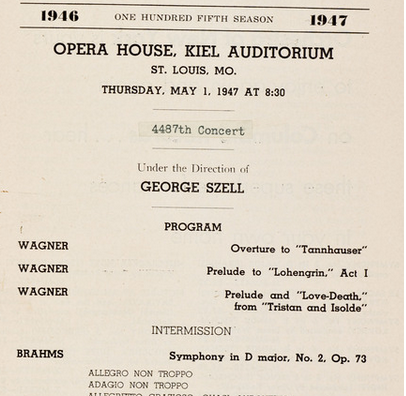
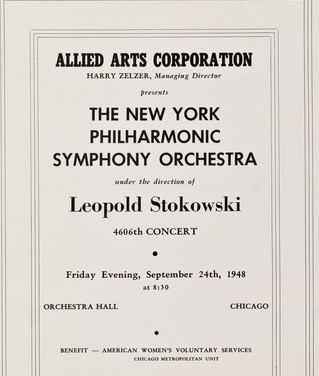
The score collection of the archive is one of the largest in the world. Thousands of examples include rare original editions and the materials used by the Philharmonic’s music directors. The records have been kept ever since 1842.
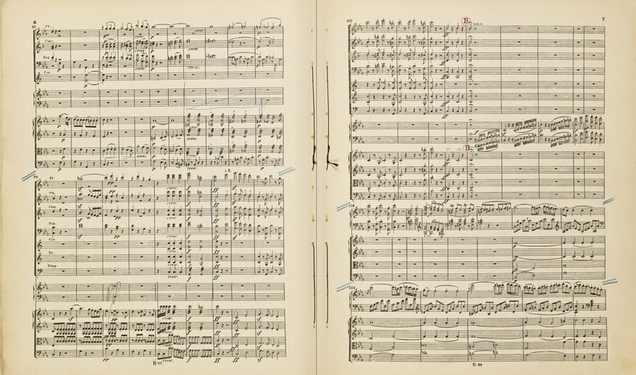
The archive also has a collection of various images such as drawings and photographs, posters and slides related to the musicians, conductors, composers and orchestras. These images document galas, concert halls, festivals and tours.
The archive also has a collection of portraits of all the outstanding musicians.
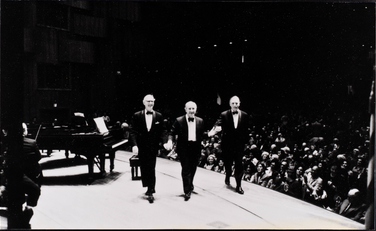
The archive also contains six and a half million of pages of documented meetings and reports, correspondence, contracts and memoranda. These files contain information about internal and external relationships of the symphony orchestra.
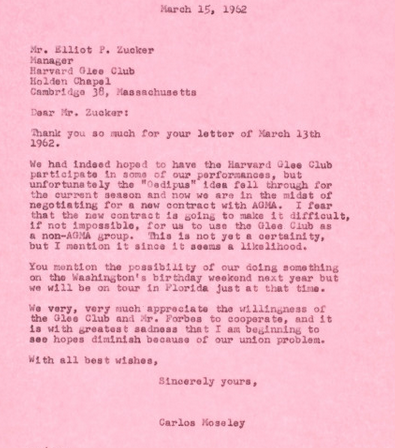
Each document can be opened and looked through, the explorers can turn the pages and open the folders, read the documents, maximize them in case if the letters are too small. The availability of the archive creates wide opportunities for all kinds of research.
The user’s interface and its structure used on the portal for New York Philharmonic Archive are quite simple and familiar to anyone who uses the internet more or less frequently. Browsing the archive and searching for its materials can be done in several ways. The search results can be sorted according to the date of their release. For this kind of search the user needs to type in the date parameters, which include day, month and year limitations.
In this case the search tool will present the results within the time parameters requested. A user may also search typing in key words. Besides, the formats of the wanted documents can be selected too. A user may look for programs, scores, parts, images and business documents. The creators of the website are currently working on audio and video parameters. Overall availability and organization of the website is excellent. The portal is easy to use and the information is presented in a highly accessible manner.
Bibliography
- About the Digital Archives. NYPhil.org. Web.